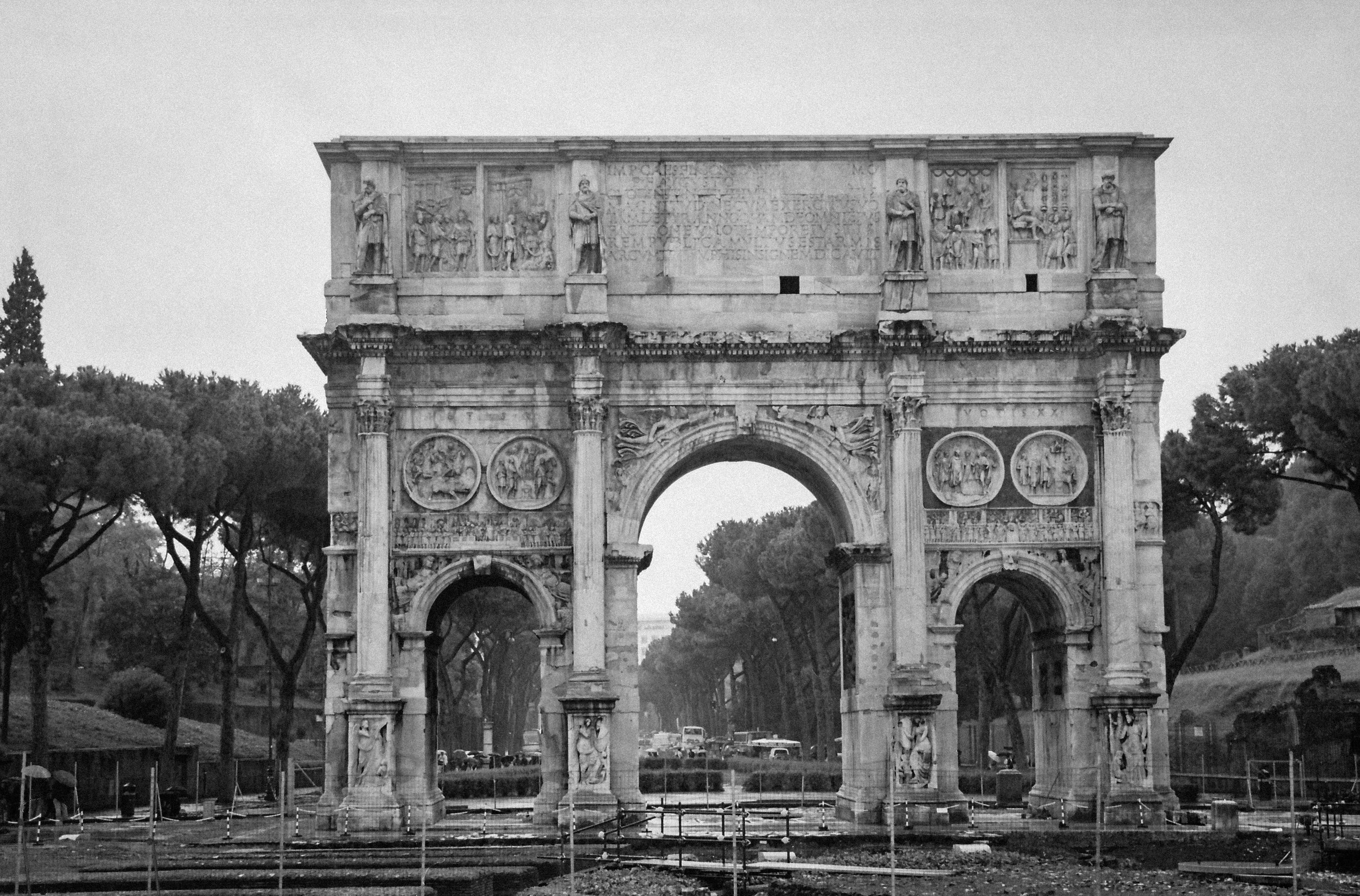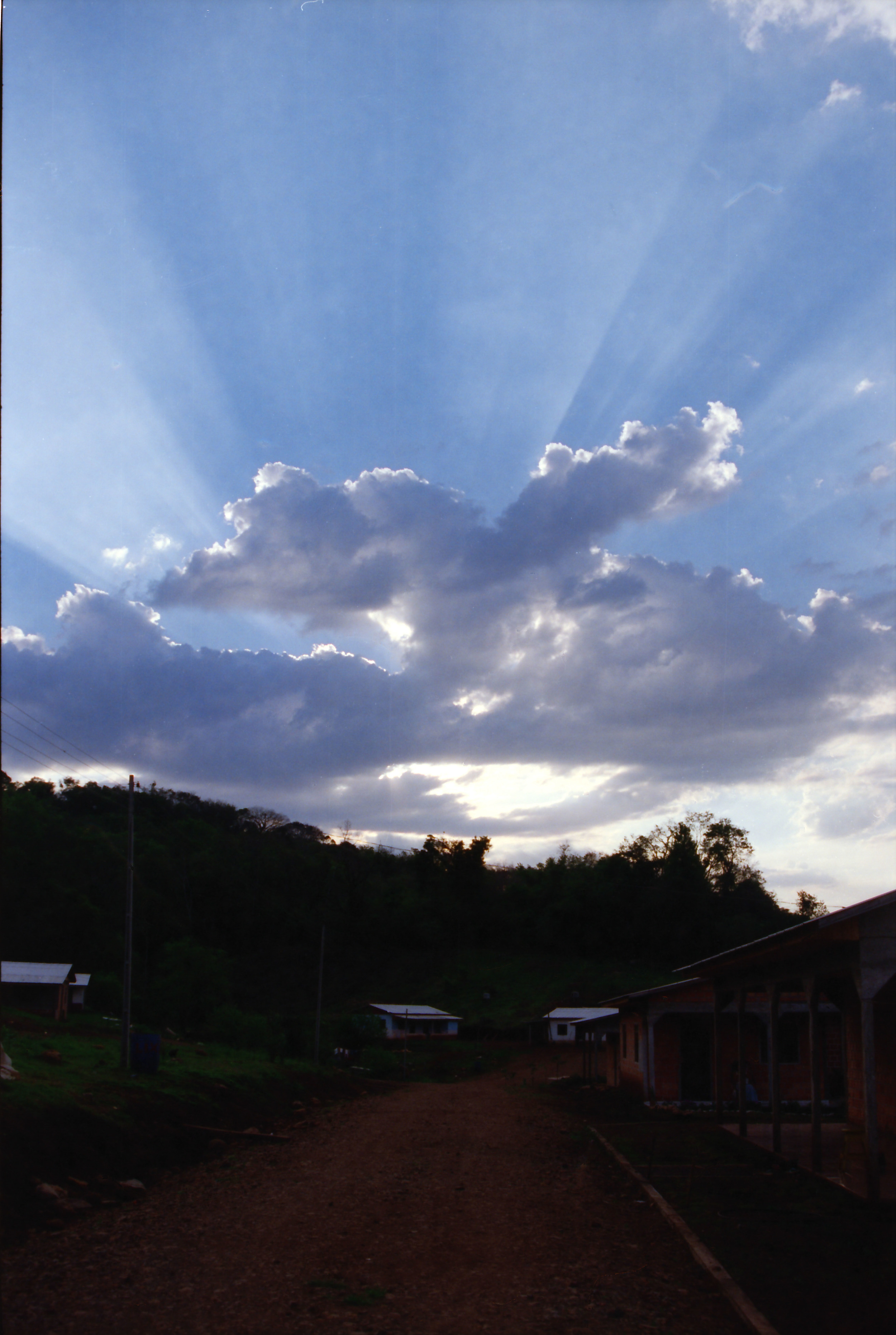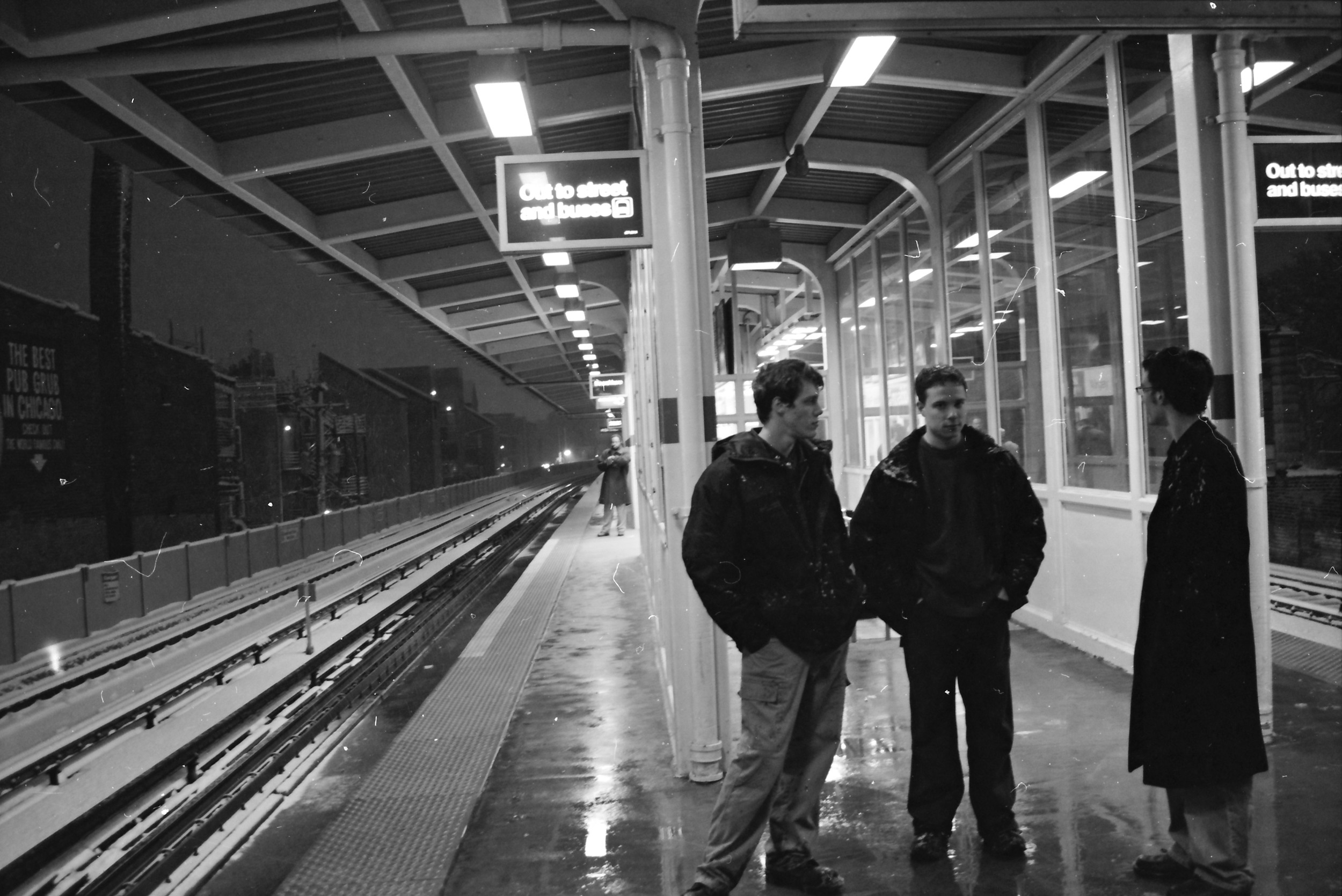Film Photography
the old ways
My personal history with Film
This is Possibly the first photo I ever took was on a tour of downtown Birmingham in 1990 when I was eight years old.
When I was young, film was the only option. The concept of a digital camera was a topic of conversation among photographers, although it seemed far away in the mid-90s. The first consumer digital cameras offered much more convenience, although the image quality required more years to develop. It was not until about 2005 that digital imaging was on par with film, and professionals began adopting the new system.
As I grew up in the 80s and 90s, I had a great deal of exposure to photography. My mother made the annual yearbook for my primary school, which involved graph paper and rulers to arrange each page. My father was also a camera enthusiast who lugged a shockingly heavy Nikon F4 on all his travels. I was exposed to the joy of photography and the annoying details which coincide with it.
When I was in grade 7, I took a summer course with a professional photographer in Birmingham who taught me to use a darkroom. The process is tedious and exacting, although also satisfying. There is a series of chemical washes and agitation that must be followed precisely. Small variations in the timing or motions can result in large changes to the photo.
Later in 1997 I took a year long course in photography. Our school had recently completed renovations, which included the creation of a fully stocked photo lab. Here is where I learned how a camera actually works. Until this time, I had never attempted to make artistic photos. I was taught all the variables that can come together to make a good photo, or a total failure.
In all honesty, this class was brutally enlightening. I had far more failure than success. Operating a camera on full manual mode was challenging, and I often reversed rules in my head when out shooting. Every roll of film represented hours of darkroom work I would have to do sometime when the school was open. I barely passed this course.
In 1998, I took a class trip to Italy. I brought my mother's Nikon F3 with me and took around a dozen rolls of film over the course of about 10 days. Italy was full of incredible subjects to photograph, so the whole experience was inspiring.
I found myself somewhat crippled by the amount of time and money photography demanded. I was able to afford it, but I still felt intimidated by the question "is this subject worth photographing?" Italy gave me some tremendous practice. Everything was worth photographing. Still, I had some sticker-shock at the actual price of developing and printing the film.
After graduating high school, I joined a non-profit organization and did a service project in Brazil. I brought my new Nikon N60, and took around 20 rolls of film over the course of six months.
Like Italy, Brazil was full of good subject matter, although there were many places we went where I was not comfortable carrying my camera with me. I had been warned so many times about Rio de Janiero that I chose to buy a disposable camera for my time there. When I got the pictures back, the photo store guy told me that the film was really old, and somehow inserted upside down. I suppose you get what you pay for, and disposable cameras for sale in 3rd world countries are not terrific.
I did not develop the film until I returned to the States. There is some pleasure in waiting so long to see the results, although thinking back on this from the year 2016 certainly offers some perspective. How many fantastic pictures were total failures just because I could not review the image instantly?
Upon returning from Brazil, I had my first exposure to Adobe Photoshop. I laid out each of my photos onto a flatbed scanner and imported them to a PC and then edited them to perfection. This was completely new territory for me, but it was thrilling. Digital imaging software has really been the backbone of photography development. People credit the digital camera for the revolution, but really it has been graphic software that has carried the business of photography to the next generation. From here on, I would always get my film developed and scanned to CD rather than printed. The digital files were far more useful.
After Brazil, I moved to Chicago to attend DePaul University. My dream was to continue traveling the world and taking photos. I wanted to have free use of the darkroom facilities the school had, but I did not want to become an Art student, because I was not confident in my studio art skills. In retrospect, I should have pursued Journalism, but what I chose was a major in Anthropology and a minor in Photography.
What I learned later was that Anthropology was incredibly difficult for me because it is fundamentally about conversation. The darkroom was relegated to students actually taking photography classes, and those classes were held behind a wall of prerequisite studio art classes.
The year was now 2003. DePaul did not offer enough photography courses to accommodate my goals. Digital camera technology was clearly about to take over all aspects of photography, although the professional equipment was still far out of reach of the average college student. As an act of defiance against the new tech, I bought a simple photo enlarger and film development set to use in my apartment bathroom. This turned out to be far beyond my capabilities. Getting a room to be fully light-tight is actually really challenging. Developing film is tricky, and finding the right chemicals was difficult. I managed to ruin a couple rolls of film, and had no idea which of the many steps I had fouled up.
For these reasons and more, I put my camera to the side for a few years to focus on other artistic endeavors. I still brought my camera with me on vacations and other events, but I quit trying to use it every day. In 2005, A close friend of mine had bought a Nikon D70, which was cutting-edge. It was also enormous and expensive. I told myself that I would certainly buy a dslr someday, but it was not a priority at the time. I still had some smug hipster tendencies that felt proud of still shooting with film.
In 2007, I brought my camera on my annual trip to Georgian Bay. It was nine years old at the time, and had developed a few issues, to say the least. I had two lenses, both of which had their own special rattle and focusing problems. When I got my film returned, it had a distinct grainy messiness. I took my camera to a professional who said it needed a full service that would cost around 150$, which was more than the N60 was worth. This was disappointing, to say the least, but I felt maybe it was time for a change.
I adopt digital
Digital cameras had entered their prime by 2008. There were a number of significant hurdles to overcome, many of which had to be worked out by consumer testing. We tend to forget the state of computers and the internet in the 2000s. The interface has remained the same in a lot of ways, but there were dozens of systems that had to be figured out through trial and error. One of the first issues was how to save and transfer the photos. In the early days of consumer digital cameras, many different memory formats were used. There was even a camera which saved pictured to 3.25" floppy disks. Once flash memory was the clear choice, every company had its own shape and size of memory card. The transfer speeds were slow, and the cost of space was high.
There was also a question of how to work with the photos on the computer. Internet speeds had to advance to the point where uploading photos was reasonable. In the early days, most sites were highly restrictive of how many photos you could upload at a time. Photo editing software was very limited unless you had access to the prohibitively expensive Adobe Photoshop.
I had been lusting after a Nikon DSLR, but I was not ready to invest the money in one. In 2009, my father bought me a small point and shoot digital camera. It was nothing terribly special, and I only really used it for vacation photos. In 2011, I took it with me on a river kayaking trip, and it was ruined when I fell into the water with it. I felt very guilty and didn't tell my father, but rather went out and bought a new camera, the Sony HX-20V.
Now, by 2011, digital cameras had come a long way. The iPhone revolution had forced the camera market to adapt. Point and shoot cameras now offer an amazing array of features and quality that blows cellphone cameras out of the water, even though a point and shoot is roughly the same size as a phone. The little Sony really brought me back into the world of photography.

































